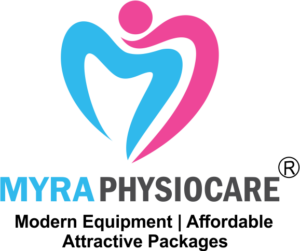Paralysis / Facial Palsy Physiotherapy
Paralysis and facial palsy are conditions that can be helped with physiotherapy. Physiotherapy can help to improve muscle function and movement in the affected areas, as well as reduce pain and discomfort. Here are some ways that physiotherapy can help:
- Strengthening exercises: Physiotherapy can help to improve muscle strength and function in the affected areas through exercises and resistance training.
- Range of motion exercises: Paralysis and facial palsy can cause limited movement in the affected areas. Physiotherapy can help to improve range of motion through stretching and range of motion exercises.
- Neuromuscular re-education: Paralysis and facial palsy can affect the communication between the brain and the affected muscles. Physiotherapy can help to improve this communication through neuromuscular re-education techniques.
- Electrical stimulation: Electrical stimulation can be used to help stimulate muscle function in the affected areas.
- Pain management: Paralysis and facial palsy can cause pain and discomfort. Physiotherapy can help to manage pain through techniques such as massage, heat therapy, and cold therapy.
- Facial exercises: Facial palsy can affect the muscles in the face, which can impact speech and eating. Physiotherapy can help to improve muscle function in the face through facial exercises.
Overall, physiotherapy can play an important role in the recovery process for individuals with paralysis or facial palsy. It can help to improve muscle function and movement, reduce pain and discomfort, and improve quality of life. A physiotherapist can work with the individual to create a customized treatment plan that is tailored to their specific needs and goals.
